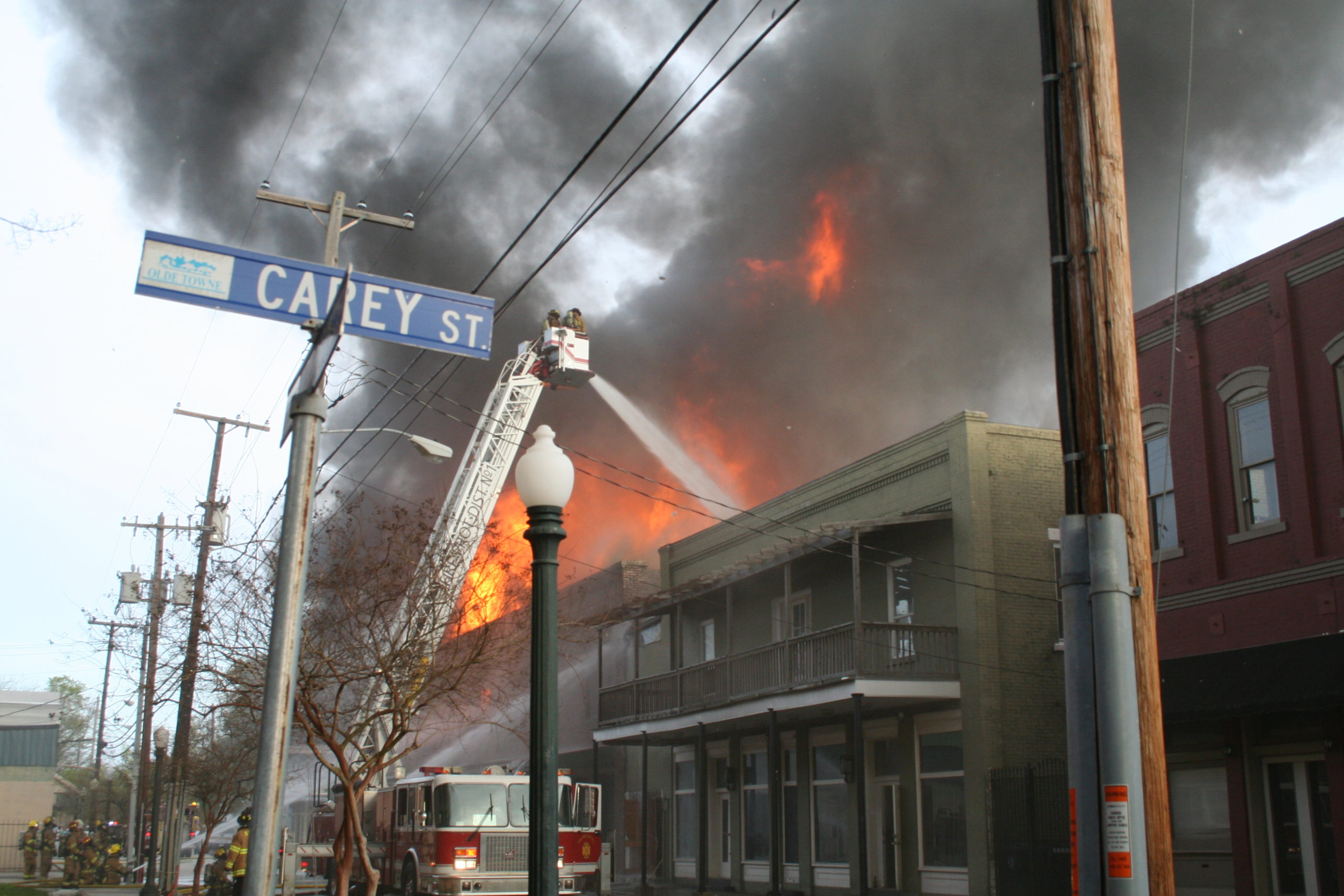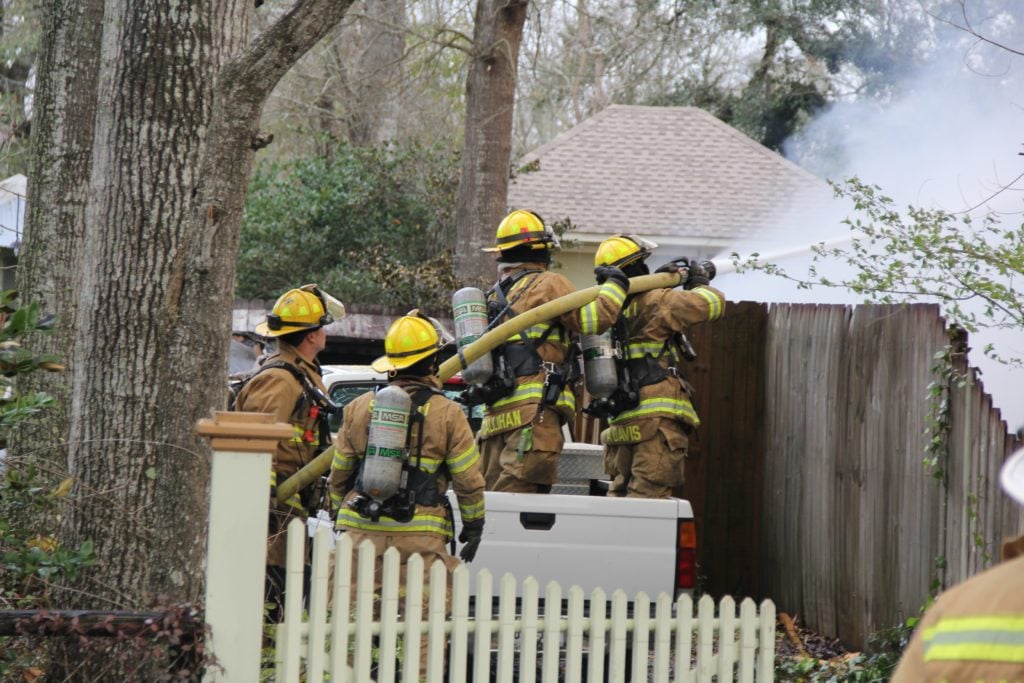HISTORY
St. Tammany Fire Protection District No.1 encompasses the city of Slidell and the surrounding unincorporated area of St. Tammany Parish. While scattered houses were built in as early as 1852, the real beginning of the city came with the railroad in 1881 and the first survey team. Slidell, Louisiana was founded around 1882 during construction of a major new railroad from New Orleans to Meridian, Mississippi, connecting there with Cincinnati, Ohio and eventually with New York, NY. The New Orleans and Northeastern (N.O.N.E.) Railroad established a building camp at first high ground north of Lake Pontchartrain which eventually grew into the city. The first train trip took place on October 15, 1883. In 1883 the town was surveyed and mapped by the railroad surveyors and named Slidell Station in honor of John Slidell, a U.S. senator and Confederate official. The post office, telephone and telegraph lines were added in 1884. In 1886, Fritz Salmen started a successful brick making company that helped the town to develop. Slidell was chartered as a town on November 13, 1888 by the Louisiana legislature. The first council meeting concerned construction of a jail, which was built together with the mayor’s office in 1889.



In the thirty or so years after its founding, Slidell developed a creosote plant, one of the country’s largest brick manufacturing facilities, a large lumber mill and a shipyard. The Slidell shipyard contributed significantly to the national effort in both World Wars. Slidell has always been the industrial center of the parish. Slidell residents also worked in New Orleans ship, tank and airplane construction during World War II.
The City of Slidell is located at the southeastern tip of St. Tammany Parish in Louisiana’s famous Ozone Belt. It is about three miles from the north shore of Lake Pontchartrain and is surrounded by rivers and bayous. The largest municipality in the parish, Slidell has grown from a population of 364 in 1890 to 24,142 in 1990; Slidell’s 1999 population is estimated to be 32,000. Today, Slidell continues to deal with urban planning and growth, of preserving a sense of present and past, while accommodating an ever increasing number of residents.